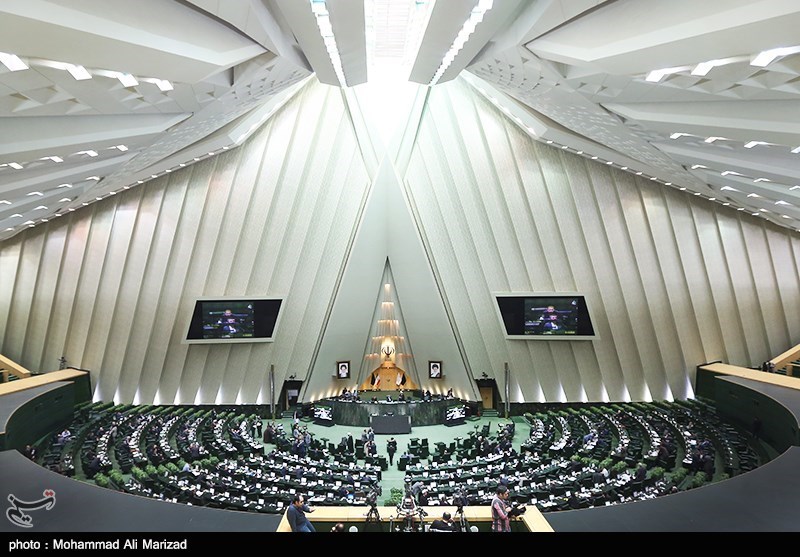MPs Urge Production of Drinking Water via Desalination in Southern Iran
TEHRAN (Tasnim) – Iran’s lawmakers passed a legislation calling on the country’s administration to provide at least 30 percent of drinking water in southern provinces through desalination (removing salt from seawater).
During an open session of the parliament held on Wednesday to discuss the 6th 5-Year Development Plan, the MPs voted for an article of the plan obliging the executive branch of the government to take measures necessary to reform and promote drinking water supply systems by at least 30 percent.
The legislation was passed with 153 votes in favor, 6 votes against and 6 abstentions.
The administration was also required to take measures to supply at least 30% of drinking water in southern areas of the country through desalination before the end of the 6th development plan’s implementation.
In recent years, private companies in Iran have worked on desalination projects, many of which have become operational.
Back in November 2015, Iranian Energy Minister Hamid Chitchian announced that a project is under study to desalinate water from the Persian Gulf and Sea of Oman and supply drinking water to 47 million people across the country.
Chitchian emphasized at the time that given Iran’s limited water resources, the country has to transfer water from seas through tunnels.
“So far, 19 tunnels have been dug for the transfer of water in the country and they are operational now,” he said, adding that the tunnels’ overall length is about 192 kilometers.
“A project is under study with which we can desalinate water on the coasts of the Persian Gulf and Sea of Oman and transfer it to 16 central provinces of the country and supply 47 million people with drinking water,” he said.
Iran is located in an arid zone, and some 65% of its territory has an arid or very arid climate, according to Food and Agriculture Organization of the United Nations (FAO).
Iran receives less than a third of the world’s average precipitation.





